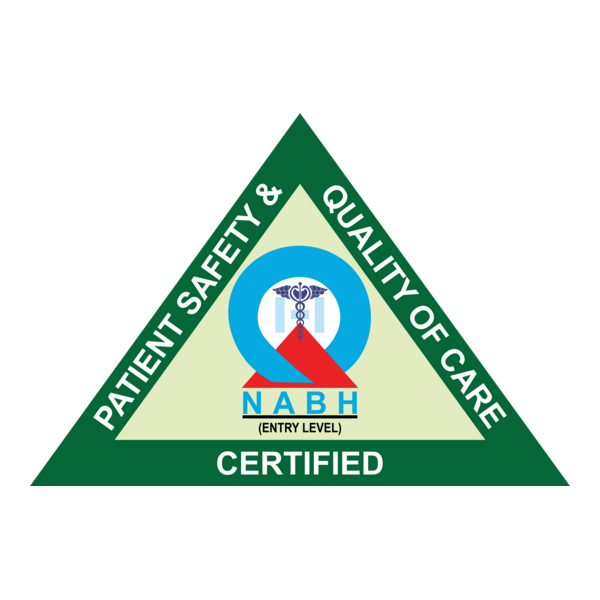Tracheostomy
Definition
Tracheostomy is a surgical procedure that involves creating an opening in the trachea (windpipe) through the neck to allow direct access for breathing. It is performed when normal breathing is obstructed or long-term airway support is required.
Purpose of Tracheostomy
To bypass upper airway obstructions and restore normal breathing
To provide long-term ventilation support in critical care patients
To assist in clearing secretions from the airway
To improve oxygen delivery and reduce respiratory distress
Types and Methods of Tracheostomy
Emergency Tracheostomy
Performed quickly in life-threatening airway obstruction cases
Provides immediate airway access
Elective (Planned) Tracheostomy
Carried out for patients requiring long-term ventilation support
Done under controlled, sterile conditions
Techniques
Surgical Tracheostomy: Traditional open procedure under anesthesia
Percutaneous Tracheostomy: Minimally invasive, often performed in ICU settings
Post-Procedure Care
Regular cleaning and dressing of the tracheostomy site
Suctioning to clear mucus and secretions
Humidified air or oxygen supply to prevent dryness
Training patients and caregivers in tracheostomy tube care
Monitoring for infection, bleeding, or blockage
Benefits of Tracheostomy
Restores effective breathing in obstructed airways
Provides safer long-term ventilation compared to endotracheal tubes
Improves patient comfort during prolonged ventilation
Enables better airway clearance and secretion management
Enhances quality of life in chronic respiratory conditions


